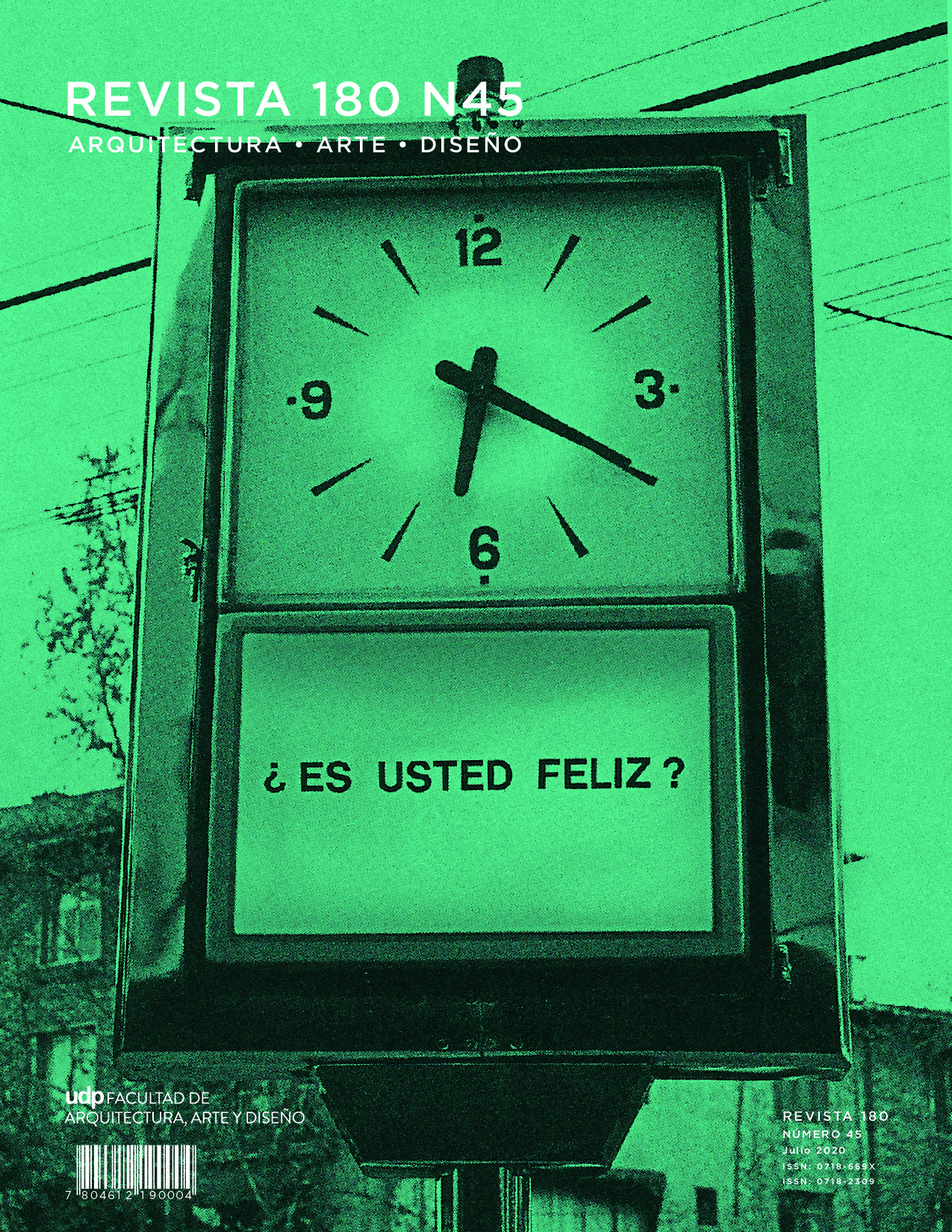INCLUSIVE HABITABILITY IN SANTIAGO TAXIS: STATE OF THE ART AND CONSIDERATIONS FROM THE INDUSTRIAL DESIGN
Published 2020-07-27
Keywords
- discapacidad,
- ergonomía,
- habitabilidad,
- taxi inclusivo,
- transporte público
How to Cite
Abstract
At present there are only basic standard and regulations for the selection of vehicles destined for taxi, therefore, both passengers and drivers are not necessarily represented in their aspirations and needs. In fact, for the taxi service, any type of vehicle offered by the market is used and that meets the requirements dictated by the authority, which are reduced to mechanical and driving conditions, but they do not consider habitability or human factors.
A case study, Industrial Design considerations are raised, which help to define the characteristics of inclusive habitability and safety of the type of vehicle that could be used as a taxi in Santiago. The research project is proposed in three stages: the first is a state of the art and comfort of the international inclusive taxi system; the second a random selection of the most used taxis in Santiago, according to the Ministry of Transportation, and establishing their physical dimensions; and the third is contrasting the dimensions of the cabin with some international ergonomic recommenda- tions. The main objective of the investigation is “characterize the habitability of taxis for the elaboration of a proposal of design conditions, through formal verification and use”.
The main results were the determination of the most influential dimensions that should be considered in the selection of a car for taxi function and the detection of opportunities for the design of products that facilitate accessibility. The concepts of inclusiveness and disability have been extracted from the National Disability Service, Senadis, and focused on people with limited mobility. A finding of the project is the identification of a gap in the Chilean legislation that may give rise to a habitability standard that affects public policy.

